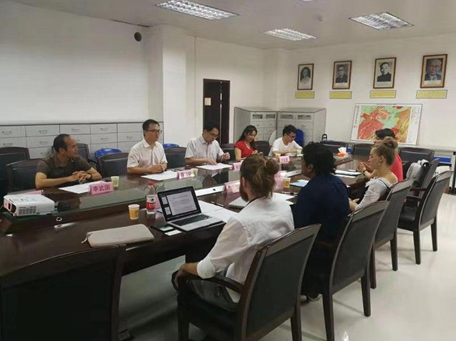From July 2019 we have been in partnership with Zhongshan University to work together to expand current research on ground-level ozone pollution, in Shenzhen and Guangzhou. For our research contributions and air quality measuring devices we have also been accepted into the Low Carbon Industry and Technology Association of Guangdong.
Our long term aim of this partnership is to understand the problem of rising ground level ozone pollution levels and then to develop technological solutions. While great progress has been made in tackling particulate matter pollution (PM 2.5 & PM 10), CO2, and other pollutants in cities across China, through the CCP's initial and effective air pollution action plan (2013 - 2017), not nearly as much attention has been paid to ground level ozone pollution.
An important fact about ozone is that is in nature very unstable and so has a short half life. One study revealed the following half life time equation: T=2274.4 + 0.000483*X1 - 8.49*X2 - 51.64*X3 - 12.01*X4 where T is the half life time in minutes, X1 is the initial ozone concentration (ppb), X2 the air flow rate measured as (m^3/h), X3 the temperature (C) and X4 the relative humidity (%).
As ozone is not emitted gas, its creation relies on a complex chemical reaction of ozone precursors. Thus, to reduce ozone levels around the world we must curtail the emission of Nitrogen Oxides and Volatile Organic Compounds which are primarily, but not exclusively, produced by the combustion of fossil fuels. Some estimates put the optimal ratio of VOCs to Nitrogen oxides for ozone creation between 4:1 to 10:1. Nonetheless, despite seeing a continuous average decline in the production of nitrogen dioxide, overall ground level pollution has seen a continuous rise .
Therefore, due to ozones instability, coupled with its complicated make up , more research is needed to understand the true causality of the gas. This information will then be used to inform policy makers on the next actions which must be taken to mitigate ozone pollution creation.
For more information on our research and findings on Ozone Pollution please visit our Academic Research page.


